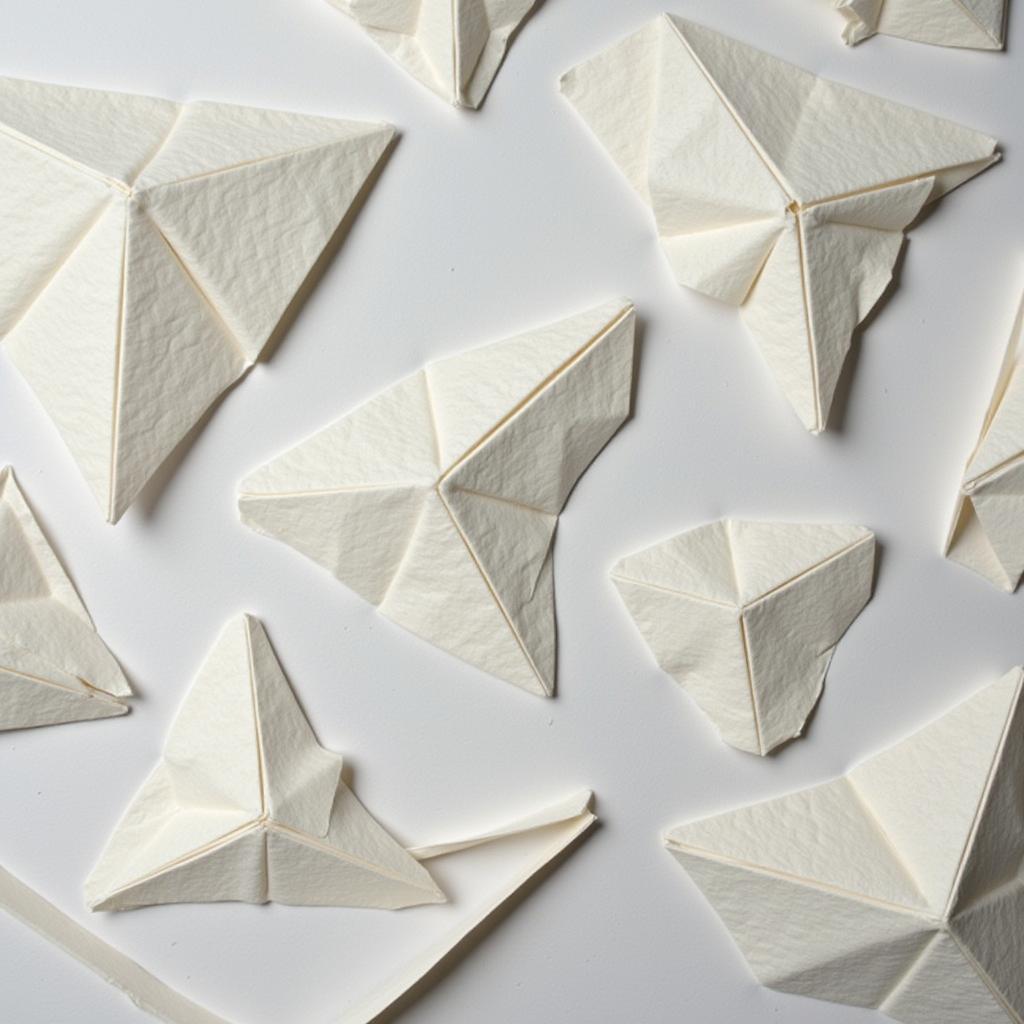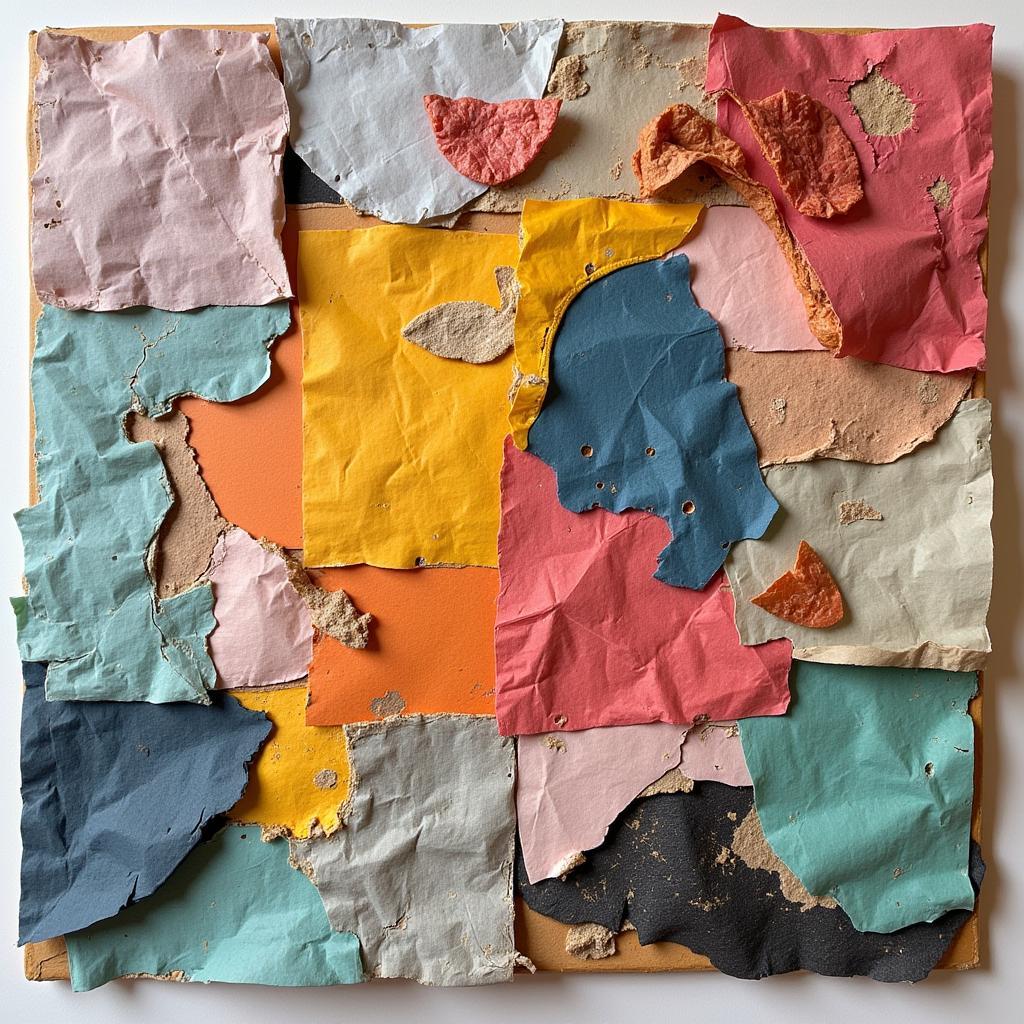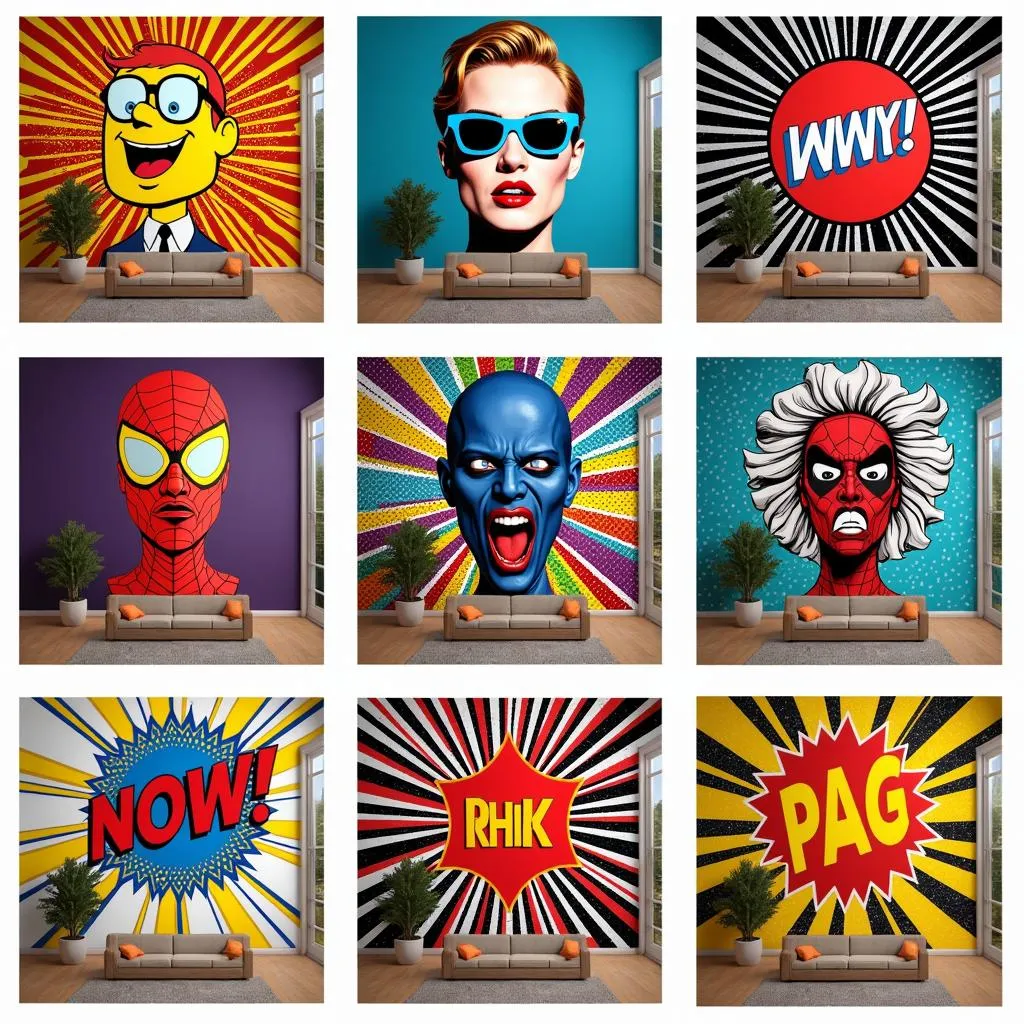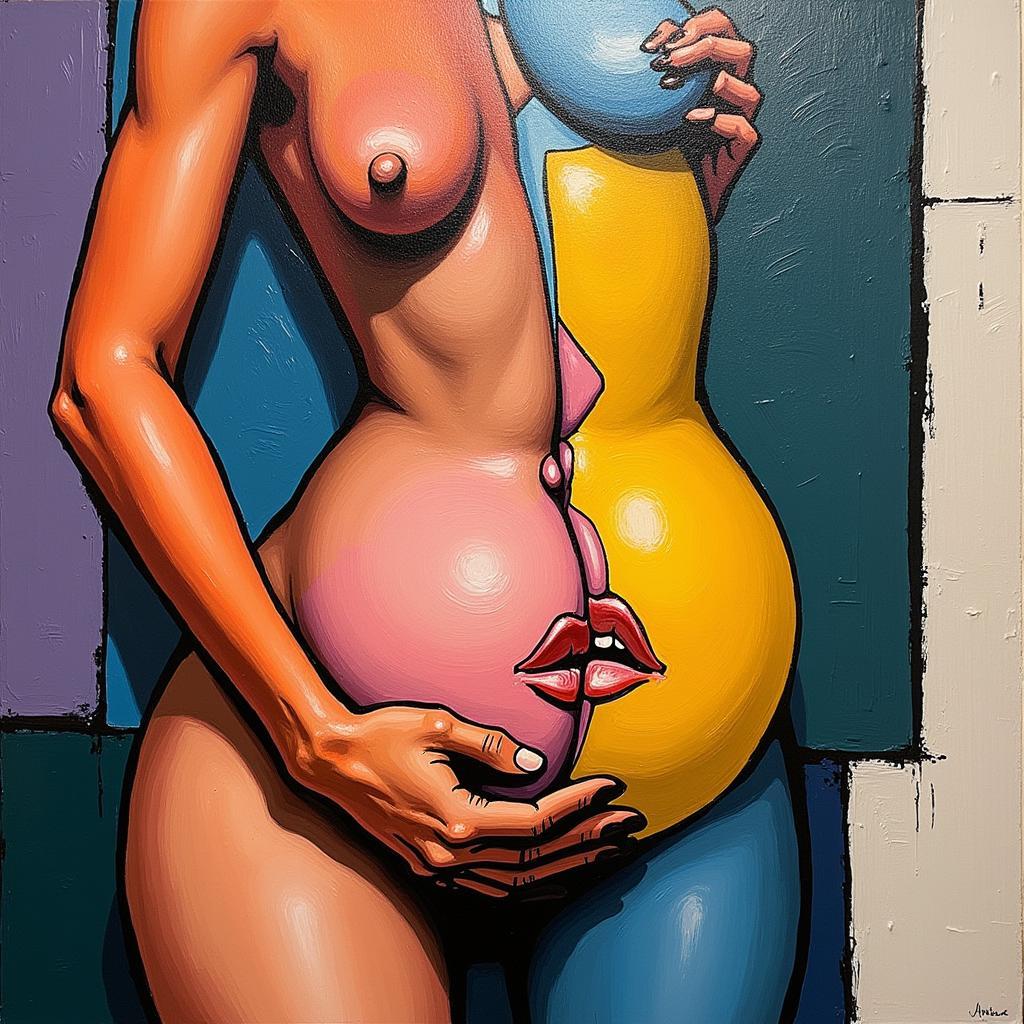Exploring the Delicate Beauty of Deli Paper Art
Deli paper, the thin and often overlooked material used to wrap sandwiches and separate layers in food packaging, has found a surprising new life in the art world. Deli Paper Art involves manipulating this humble material to create intricate, textured, and often ephemeral works of art.
Unveiling the Unexpected: Why Deli Paper?
At first glance, deli paper might seem like an odd choice for artmaking. However, its very characteristics that make it suitable for food service – its translucence, pliability, and tendency to wrinkle easily – are what lend themselves beautifully to artistic expression.
A Sensory Experience: Texture and Light in Deli Paper Art
Deli paper art captivates with its delicate textures and interplay of light and shadow. Artists crumple, fold, layer, and tear the paper, creating a rich tapestry of ridges, creases, and subtle variations in opacity. When light hits the surface, these textures come alive, casting intriguing shadows and highlighting the delicate nature of the material.
Ephemeral Beauty: Embracing the Temporary Nature of Deli Paper
Much like the fleeting beauty of a blooming flower or a setting sun, deli paper art often embraces its own ephemerality. Its delicate nature makes it susceptible to tearing, fading, and changes in shape over time. This impermanence adds a unique dimension to the art form, encouraging viewers to appreciate the beauty of the present moment.
Techniques and Inspirations: Delving into the World of Deli Paper Art
Crumpling and Folding: Transforming Flat Sheets into Textural Landscapes
One of the most fundamental techniques in deli paper art involves crumpling and folding the paper. Artists might crumple the paper into a tight ball and then carefully unfold it, revealing a web of creases and wrinkles. Folding techniques, borrowed from origami and paper engineering, can be used to create geometric patterns, three-dimensional forms, and intricate details.
 Deli Paper Folding Techniques
Deli Paper Folding Techniques
Layering and Collage: Building Depth and Complexity
Artists often layer multiple sheets of deli paper to create depth and complexity in their work. They might use different colors or shades of paper, allowing the layers to interact and create subtle color variations. Collage elements, such as cutouts from magazines or other found materials, can be incorporated to add another dimension to the artwork.
 Layered Deli Paper Collage Art
Layered Deli Paper Collage Art
Beyond the Traditional: Experimenting with Color and Mixed Media
While deli paper is often associated with its natural, off-white hue, artists are increasingly experimenting with color and mixed media to expand the possibilities of the medium. They might dye or paint the paper, adding vibrant hues or subtle washes of color. Incorporating elements like thread, wire, or found objects can further enhance the textural and conceptual depth of the artwork.
Finding Inspiration: Everyday Objects and the Art of Observation
One of the most fascinating aspects of deli paper art is its ability to transform the mundane into something extraordinary. Artists often find inspiration in everyday objects, observing the way light plays on crumpled napkins, the delicate folds of fabric, or the intricate patterns found in nature.
A Meditative Practice: Slowing Down and Appreciating the Present
Working with deli paper can be a meditative and mindful practice. The very act of crumpling, folding, and manipulating the paper requires a certain level of focus and attention to detail. This deliberate slowing down can be a welcome respite from the fast-paced nature of modern life, encouraging artists and viewers alike to appreciate the beauty of the present moment.
Conclusion: Deli Paper Art – A Testament to Creativity and Resourcefulness
Deli paper art serves as a reminder that beauty can be found in the most unexpected places. By transforming a humble material like deli paper into intricate and evocative works of art, artists demonstrate the boundless potential of human creativity and resourcefulness. So, the next time you reach for a deli sandwich, take a moment to appreciate the delicate beauty of the paper it comes wrapped in. It might just inspire your next artistic endeavor.
FAQs About Deli Paper Art
1. What is the best type of deli paper to use for art?
While any deli paper can be used, artists often prefer unwaxed, natural-colored deli paper for its texture and pliability.
2. How do you preserve deli paper art?
Deli paper art is often ephemeral, but you can extend its lifespan by framing it behind UV-protective glass or storing it in a cool, dry place.
3. What are some other materials that can be combined with deli paper in art?
Thread, wire, found objects, acrylic paint, watercolor, and ink are just a few examples of materials that can be combined with deli paper.
4. Where can I find inspiration for deli paper art?
Nature, everyday objects, textiles, and even crumpled receipts can be sources of inspiration for deli paper art.
5. Is deli paper art suitable for beginners?
Absolutely! Deli paper art is a great medium for beginners because it is affordable, accessible, and forgiving.
Need Assistance with Your Artistic Journey?
At Online Art Workshops, we’re passionate about nurturing creativity. Whether you’re a seasoned artist or just starting out, our platform offers a wide range of resources and inspiration to help you explore your artistic potential.
Contact us at Phone Number: 02462573573, Email: [email protected] or visit us at Savico Megamall, 7-9 Đ. Nguyễn Văn Linh, Gia Thụy, Long Biên, Hà Nội 10000, Việt Nam. Our dedicated customer support team is available 24/7 to assist you. Discover the joy of art with Online Art workshops!
Explore More:
Let your creativity flourish!



